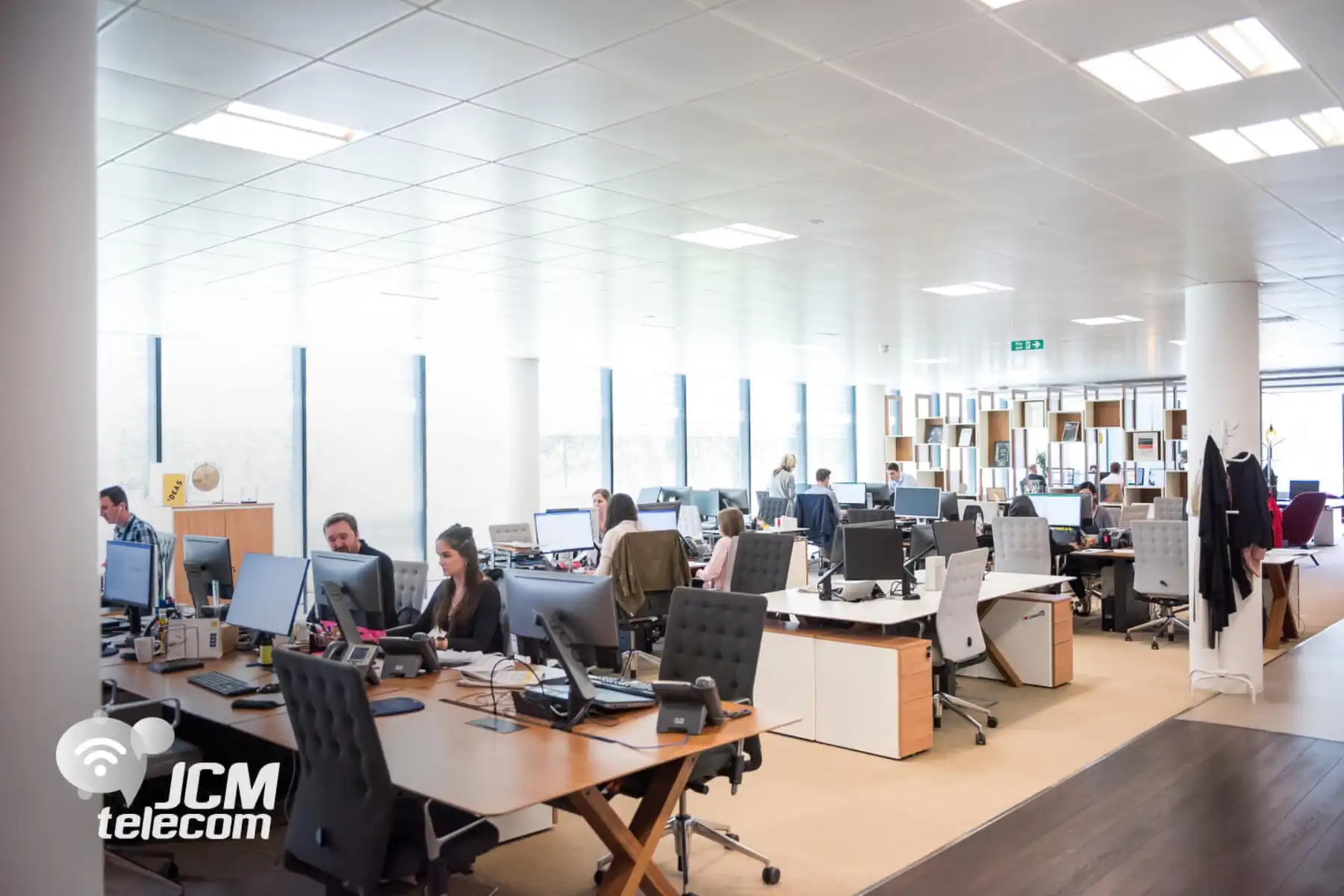As technology evolves, business opportunities grow. New equipment, software applications, and internet capabilities open new avenues where you can expand your business. To prevent future struggles, it’s important to understand your current IT problems and how you can mitigate them.
This knowledge will help you make informed decisions about future technology investments. Understanding your current risks helps you anticipate future risks as you expand. Knowing how you can solve technology problems now will make it easier to solve new ones later.
By incorporating both into your investment decisions, you can select more beneficial IT solutions for your company.
Every organization has different needs, so everyone will have different IT issues. However, this article will highlight 7 common IT issues that most businesses face. We will also discuss solutions to these problems so you can be prepared if they affect your company.
7 Common Technology Issues in Business
1. Skill Gaps
A 2021 Deloitte survey revealed that 71% of CEOs fear skill shortages will disrupt their business’s productivity. This fear is not unfounded and is affecting large and small businesses alike.
There are numerous reasons why America is facing such a tech labor shortage. Among them is pressure on trained IT professionals. 91% of IT specialists report burnout and 80% feel they are underpaid for their work.
2. Cybersecurity Threats
Global cyber attacks increased by 38% between 2021 and 2022. This trend isn’t slowing down. Cybersecurity Ventures predicts that cybercrime will be worth $10.5 trillion by 2025 – making it the world’s third-largest economy after the US and China.
Effective data security is crucial for companies combating evolving cyber threats. Regular audits, data backups, and fluid security guidelines can help you stay ahead.
Stay Ahead of Cybercrime with Cybersecurity Experts on Your Side
Learn More
3. Endpoint User Risks
Many common technology problems in business come down to user error. Remote workers have varying cybersecurity standards and people have different levels of education. Additionally, workers may accidentally delete information or incorrectly get access to data.
Most of these mistakes are innocent, but they’re still a security risk. Provide consistent education to every employee and enforce best practices.
Additionally, you can ensure security by providing your employees company-issued devices, implementing firewalls and VPN encryption on your end, or both.
Even with all of these solutions in place, remember that a strong disaster recovery plan is still necessary. Accidents can happen, and you must always be prepared if they do.
4. Outdated Infrastructure
Incorporating new hardware or software into your current network can be overwhelming. There is a lot to the process and budget restraints can further complicate matters.
Yet, it’s important to maintain up-to-date infrastructure. Failing to do so increases the risk of data breaches and system slowdowns. If you’re struggling to keep up with changing technology, consider an IT consultant. They can help you procure, plan, and launch the latest IT tools.
5. Slow Performance
Outdated technology can cause slow performance, but it’s not the only possible reason. Network problems can also lead to slowdowns that impede productivity. These problems may include too much traffic, incorrectly implemented security tools, or a malware infection.
Proactive network monitoring is the most effective solution to this problem. If you don’t have the time or resources to do so internally, you can outsource a professional to do it for you.
You can also try limiting the number of applications that employees can run at once, closing unused browser tabs, and installing software that automatically deletes temporary files to reduce traffic.
Managed Service Providers Monitor Your Network and Do So Much More |
6. Compliance
Regulatory compliance is vital for any business that holds high-stakes data. Regulatory bodies must consistently update their policies to match evolving technology. This can make it difficult for a business owner to consistently maintain compliance.
Keep your eyes on your compliance standards. Whether you must adhere to HIPPA, SOX, or the EU’s GDPR, you need to carefully watch for any changes and train your employees as they occur.
You should also be selective in your choice of software partners. Make sure they align with your necessary compliance requirements before you sign a contract.
7. Unreliable Communication Systems
Unreliable communication technology can cause misunderstandings and delayed messages, which can impede business operations and hurt productivity. Moreover, unreliable communication can frustrate employees, negatively impacting their morale and potentially increasing turnover rates.
Make sure you have a stable online communication system in place, like Slack or Microsoft Teams. If you use landlines, consider upgrading to a Voice over Internet Protocol (VoIP) telephone system.
VoIP lets employees communicate from anywhere with an internet connection, making it easier to collaborate remotely. Additionally, VoIP includes advanced communication features like video conferencing and instant messaging – something that traditional telephone systems lack.

Reduce the Number of IT Problems in Your Business with a Managed Services Provider on Your Side
The best way to solve a problem is to prevent it from happening in the first place. That may seem like a big ask, but with proactive managed services, it’s possible.
JCM Telecom offers a comprehensive range of managed services for a fixed-fee. We can provide fully managed or hybrid managed IT solutions, cloud services, backup and disaster recovery, and IT consulting.
We’re more than a managed services provider. We also offer specialized telecommunications services that include VoIP telephone systems, fiber optic internet, and CCTV camera systems.
Solve all your IT and telecommunication problems with the help of one partner. Contact us today!
